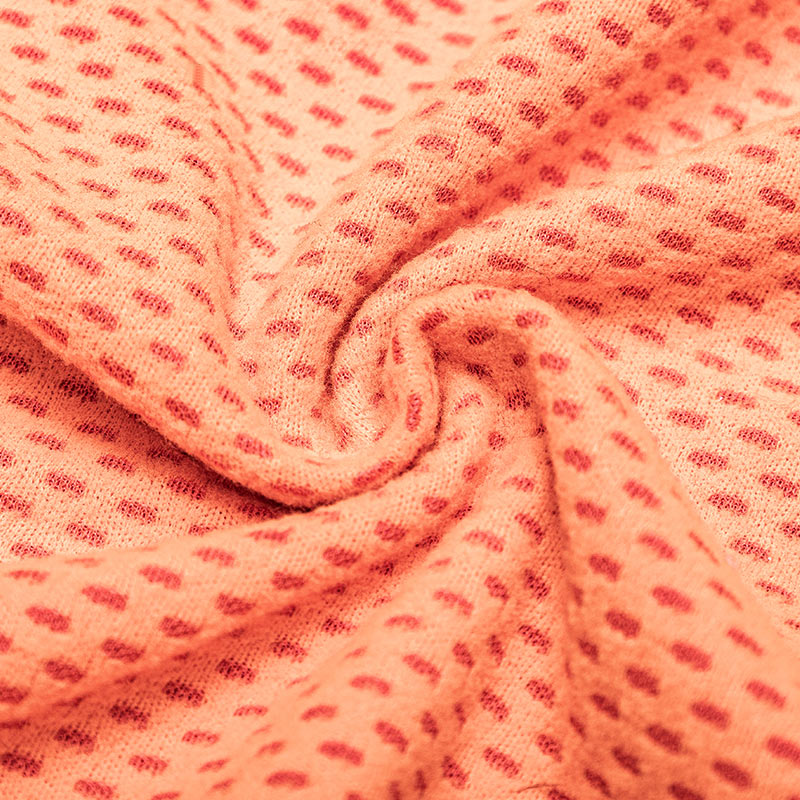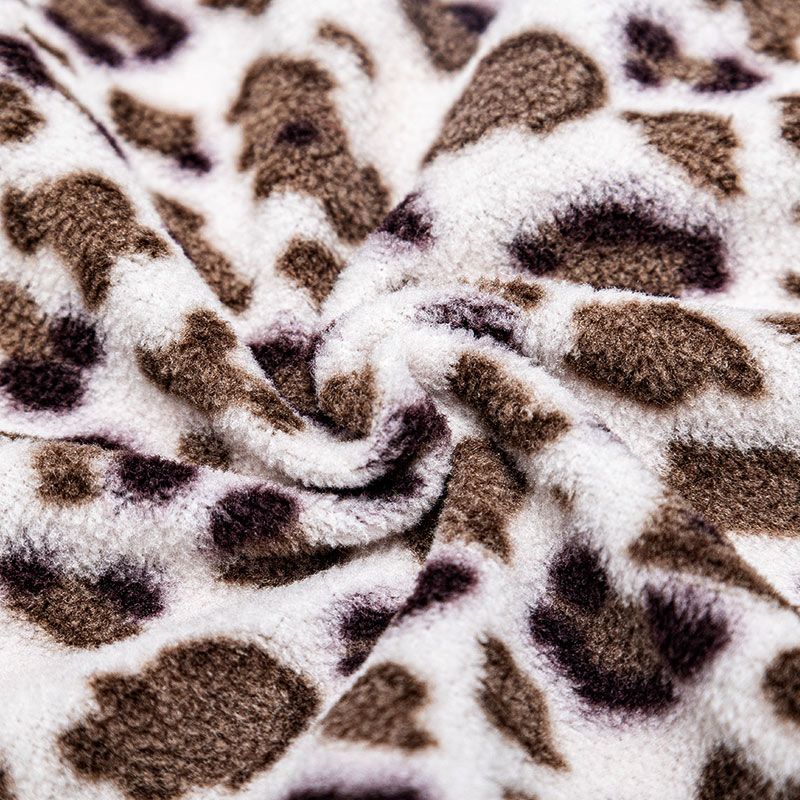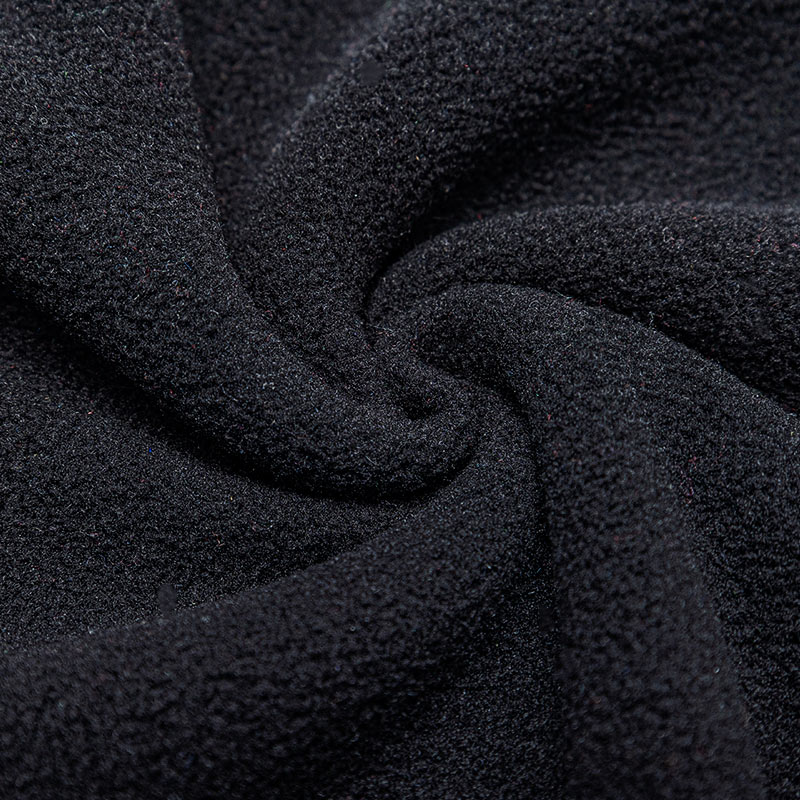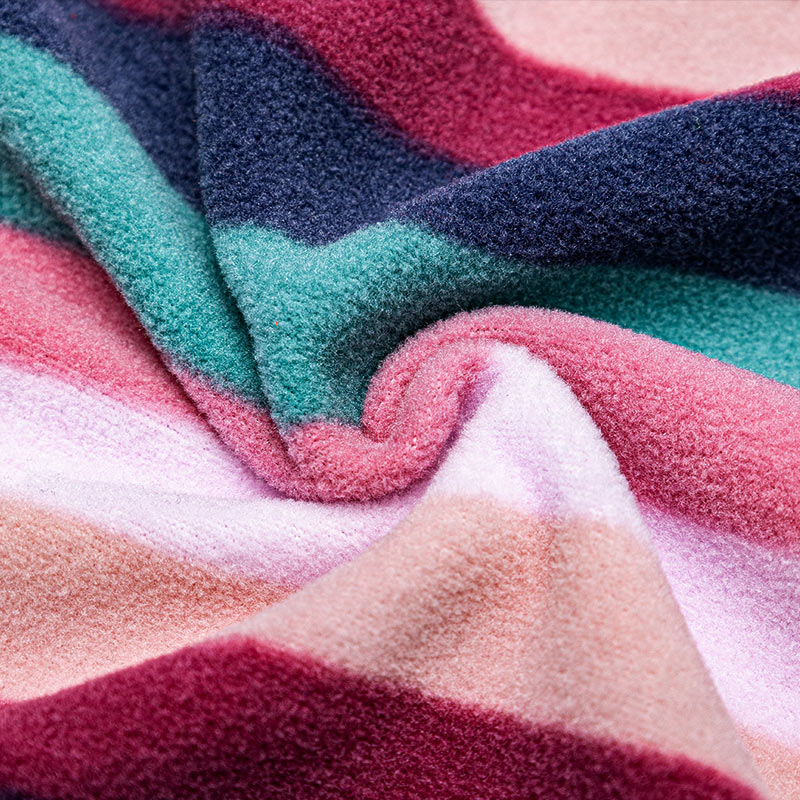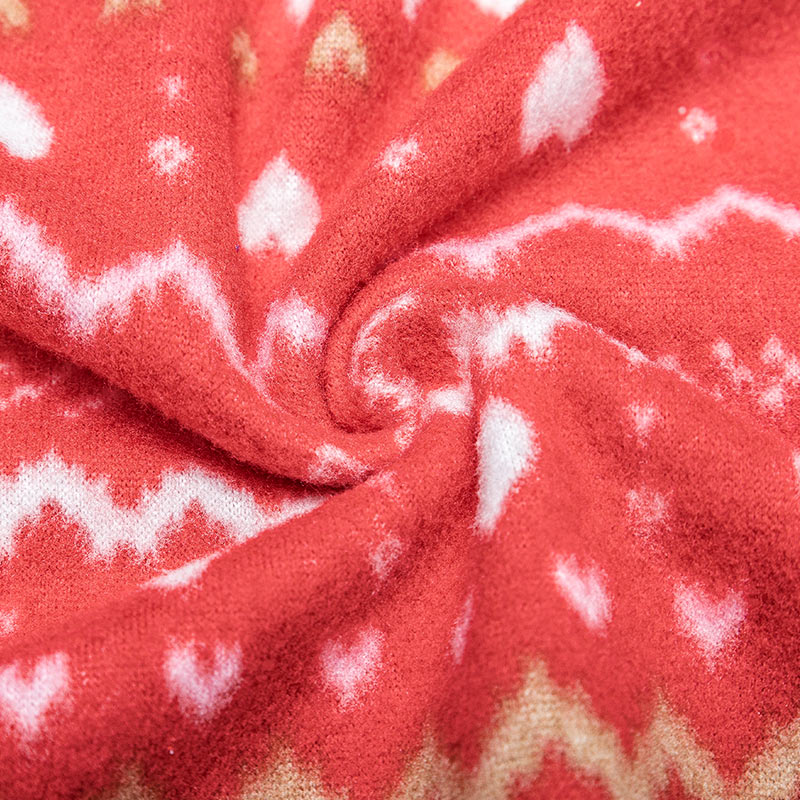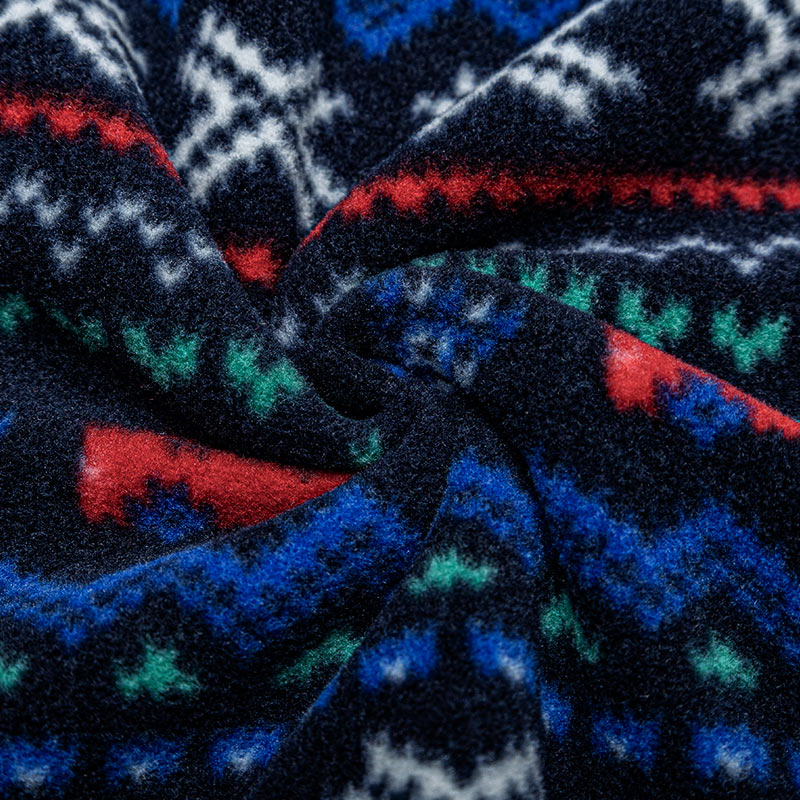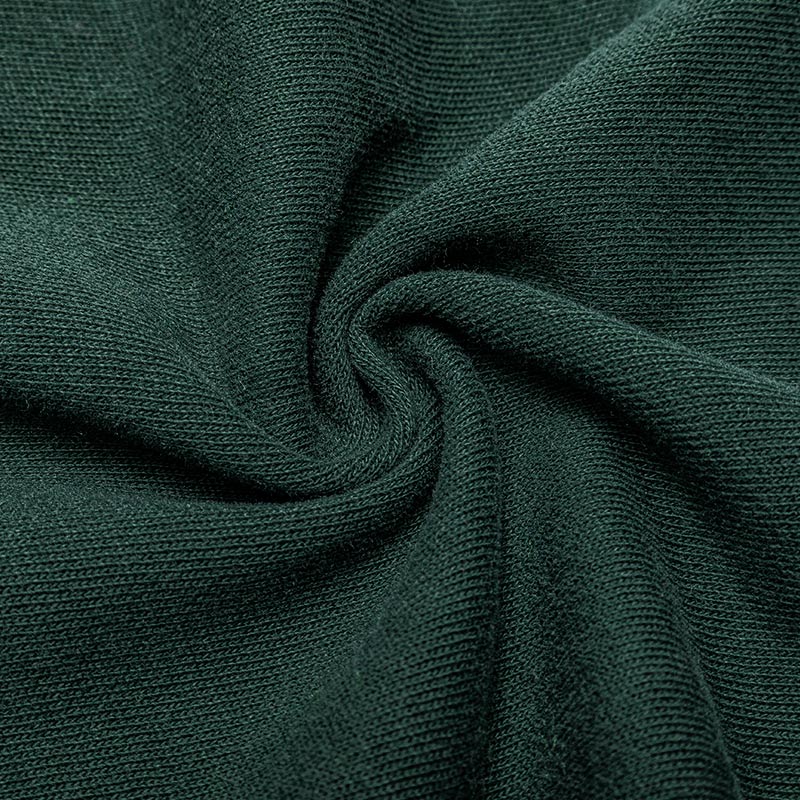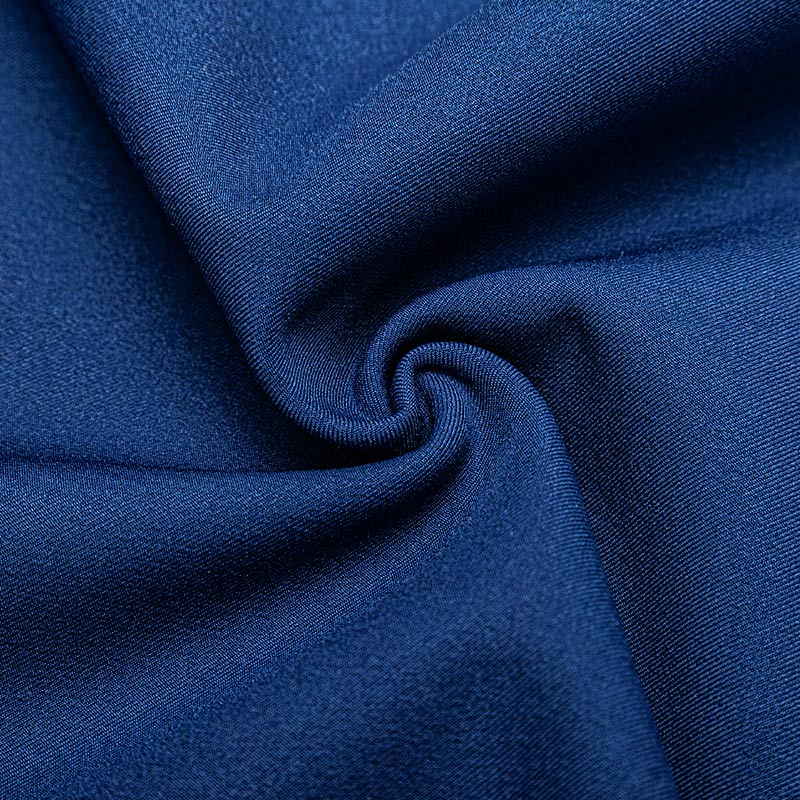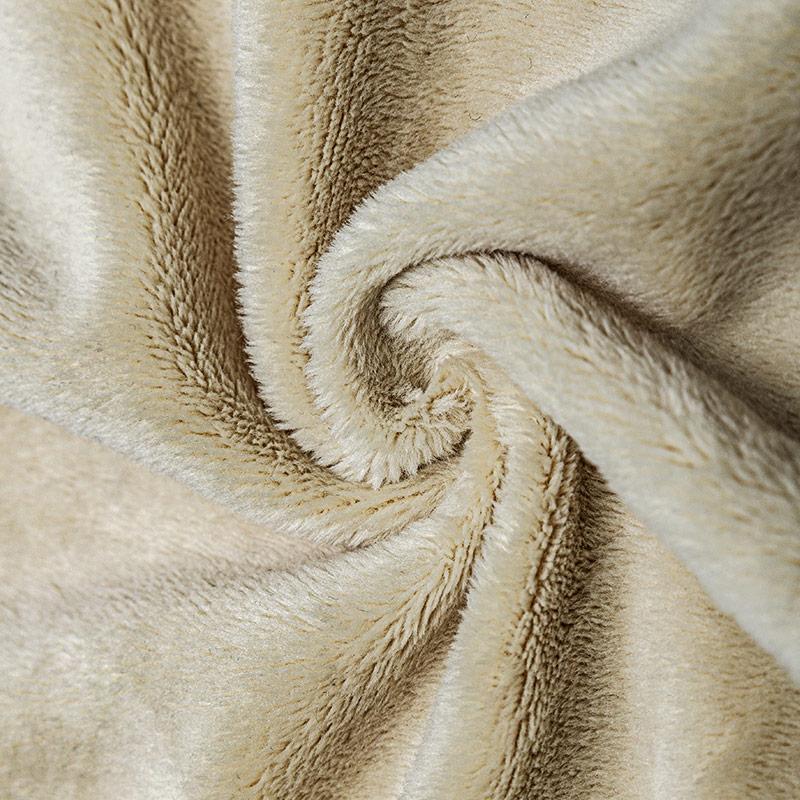Various types of textile items on the market are the result of comprehensive labor. For these products, their production will be affected by many factors. For example, when the casual fabric is produced, it will involve the influence of factors such as raw material selection, fabric design, process design, equipment conditions, operation level, and management level.
It can be seen from this that the design of casual fabric itself is a comprehensive skill combining technology and art. In fact, for fabric designers, raw materials are one of the main elements that need to be considered in product design. The quality of different raw materials, such as the grade of natural fiber cotton, wool, and other materials, and the fineness, length, and internal structure of chemical fiber will have a great impact on the quality of fabric products.
For now, the design of casual fabrics uses a wide range of materials, including not only traditional natural fibers such as cotton, wool, silk, and hemp but also many other new materials. The special texture, luster, and shape of these new materials make fabric designs present some new appearances. At the same time, it is precise because of the colorful and beautiful fabrics that human beings are made wonderful.
In modern society, for the design of casual fabric, the grasp of color and fashion is even more crucial. The fabric structure is the key to fabric design. Different fabric structures have different fabric styles and characteristics, which affect the final wearing performance of garments. Such as the level of yarn count, the size of yarn twist, the combination of warp and weft yarns, the structure of the fabric, the tightness of the fabric, etc., will have a great impact on the performance, style characteristics, and application range of knitted fabrics, as well as clothing.
In addition, it is also very important to process it in casual fabric design. To meet product design, product style, and product function requirements, designers are required to design the processing requirements of each process based on the final style characteristics and wearing performance of the product when designing the product.
